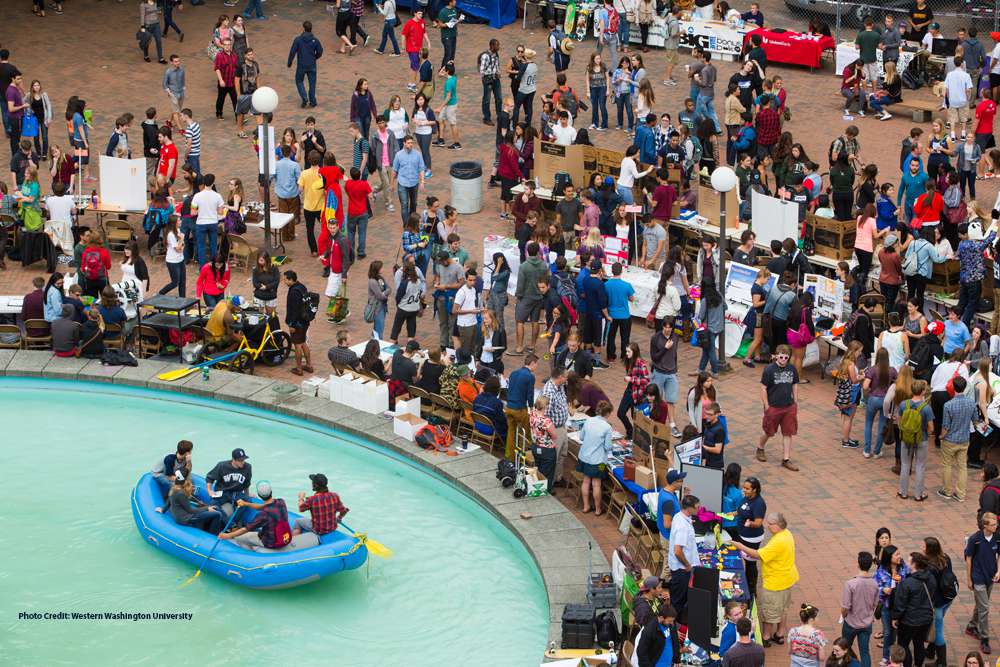"What students do during college counts more in terms of desired
outcomes than who they are or where they go to college"
Time use is a critical component of student learning and development (Pace, 1980). Consequently, it is imperative to understand how students utilize their time and how these choices relate to their learning and development. Recent popular accounts of the undergraduate experience suggest that students learn little and spend considerable time partying and on other leisure activities (e.g., Armstrong & Hamilton, 2013; Arum & Roksa, 2011; Babcock & Marks, 2011). While these accounts have captured the media's and public's attention, it is not clear that these portrayals reflect reality for all undergraduates. In this study, we subject these popular narratives to empirical scrutiny by analyzing the time-use patterns of first-year students at bachelor's degree-granting colleges and universities that participated in the National Survey of Student Engagement (NSSE).
Time use among college students is a surprisingly underexplored concept. The available data suggests that students' time use patterns have changed over time (Babcock & Marks, 2011). It is estimated that full-time students spent 40 hours per week studying and attending class in 1961, but only 27 hours per week in 2003. Babcock and Marks (2011) challenge the suggestion that the decline is attributable to changes in technology or composition of the student population. More recent time use data indicates that undergraduates expend approximately 14% of their time or roughly 3.2 hours per day, on average, attending class and studying (Pell Institute, 2015).
Using a randomly selected subsample from first-year students who completed NSSE in 2014 or 2015, we investigated patterns of student time use across a range of activities (preparing for class, participating in co-curricular activities, working on and off campus, doing community service or volunteer work, relaxing and socializing, providing care for dependents, and commuting to campus). Figure 1 displays the average amount of time spent in these activities and the associated variability.
Figure 1. Mean and Variability in First-Year Students’ Time Use
Next, we used latent profile analysis to identify unobserved groups of students using the time use data. We identified four common patterns of time allocation. Figure 2 contains the average amount of time each group spent in the seven activities.
Figure 2. Average Time Use by Latent Group
The first group, which we named Balanced, represents the typical first-year student as it contains 69% of the sample. The second group, Involved, accounts for 12% of the sample--students who were primarily distinguished by the amount of time spent on co-curricular activities and volunteering. The third group, Partiers, represents 14% of the sample and is distinguished by a substantial amount of time devoted to relaxing and socializing. The fourth group, Parents, includes students who spent substantial amounts of time caring for dependents and working for pay. The full paper also investigated how student and institutional characteristics relate to membership in the four latent groups.
The popular and media narrative on the college student experience suggests that the typical college student substitutes partying for studying. However, we found that on average, the four groups devoted comparable amounts of time to class preparation--Partiers did not evidence substantially less time on studying. Rather, time expenditures on leisure, social, or dependent care activities appear to be additive to study time. Indeed, an intriguing aspect of our analysis was the considerable difference across the four groups in the total amount of time accounted for by the seven activities, ranging from 39 hours per week on average for the Balanced group to 73 hours per week for Parents.
Fosnacht, K., McCormick, A. C., & Lerma, R. (In Press). First-year students' time use in college: A latent profile analysis. Research in Higher Education.doi: 10.1007/s11162-018-9497-z


